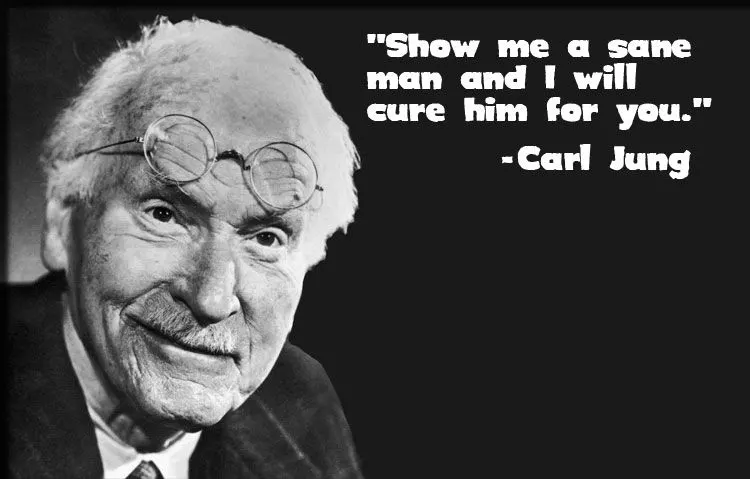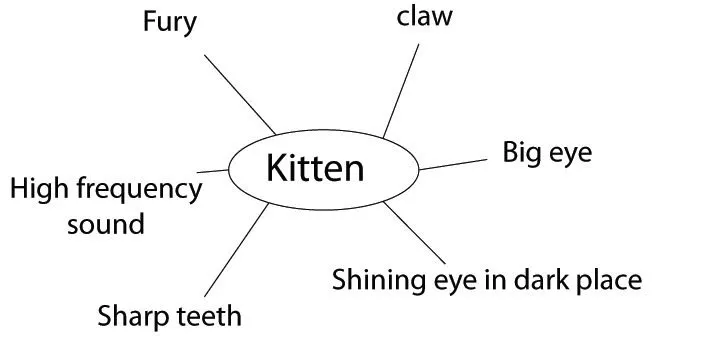“Your visions will become clear only when you can look into your own heart. Who looks outside, dreams; who looks inside, awakes.” ~ Carl Jung
The appeal of Carl Jung in the field of psychology has to be above anything else, that he recognized our subconscious, not as merely a basement where unfulfilled desires and sexual inadequacies were stored, but as a universe of potential that existed independently of the ego.
He saw the subconscious as a hub for the imagination or ‘a primal matrix from which our species has evolved’ (Robert Johnson, Inner Work) that is host to our individual selves within the broader context of a collective unconscious.
In this way, Jung rejected Freud’s theory that the characters in our dreams represented unexpressed desires that we were and always would be cut off from, and worked with the theory that the figures we dream about are archetypes who represent unexpressed aspects of ourselves; those which were very much alive in us and our true potential.
This confirms dream work as a worthy avenue to take during psychoanalysis, as dreams are universally recognized as having meanings that are significant to the dreamer. But not only that, Jung proposed that the solution to the problem was also inherent in the dream, though not always where you’d expect.
For example, a direct interpretation would look something like; being attacked by friends indicates a fear of friendship. Although the direct route can often be the most helpful to the dreamer, Jung saw it as more complex than that.
Like Gestalt therapists, he recognized that inanimate objects, a telephone, a bed, a shell, etc., represent some aspect of the dreamer and should also be considered as significant, and to take into account the personal history of the dreamer.
In a nutshell, there was no universal interpretation for a specific dream; the dream and all the associations in it were entirely personal to that individual and should be analyzed as such.
In the book Inner Work by Jungian analyst Robert A. Johnson, Johnson offers a practical approach to dream interpretation that celebrates our individual associations within our dreams.
Of course, you should go out and read the book, but here is a summary of the first two steps to interpret your dreams:
Make Associations
Everyone makes different associations with the smallest and apparently most insignificant object. Make a list of all the objects in your dream as soon as you wake up, and make some time during the day to write a further list of associations for each object, entity or presence.
For example, you had a dream about your friends attacking you with crystals of glass on the harbor of some large city. The crystals of glass would be the first to make associations with. Be simple and direct. For example, try a chain association: Crystals of glass – glass house – sensitivity – teeth – crooked – house – old – knowledge – wisdom.
This is a method of active imagination that is playful, but could distract you from the root of the original image. Next try a bubble/mind map:
Keep experimenting until one of the associations clicks. As Johnson points out: ‘One way to find the essence of a dream symbol is to go where the energy is… Every symbol is calculated to rouse us, to wake us up.’
The symbol wouldn’t be there unless it was significant, as you already know the answer to your problem; your higher self, soul or subconscious is guiding you. So when you find the ‘click’, move on to the Dynamics of the dream.
Dynamics
Through your association work, you may have come across some archetypes, for example a flower could represent the divine feminine or great mother to you. Jung theorized that myths and fairy tales reflected the collective unconscious of a tribe or community of people, and that the symbols contained within that myth signified manifestations of that collective unconscious.
In this way, dream dictionaries are misleading as they suggest collective meanings to a symbol without taking the individual into consideration. A flower might signify the great mother to you, but to me it might have a more direct association to art or aesthetics, regardless of gender.
So archetypes, despite being generalizations, are still highly subjective, and the dynamics with which these symbols are placed in the dream must all be considered and applied with the same approach as the object association.
Archetypes directly reflect an aspect of yourself, as they do emotional systems; for example unexpressed surges of anger. In this way you could analyze the friends attacking you dream as this: The friends are also you, you need to examine your need to attack those you perceive to be weaker than you with shards of spiritual knowledge or higher wisdom.
The associations made with water, the dream taking place on a harbor, could have uncovered an archetype: water is the symbol of purity and emotional freedom and expression to you.
Applying your dream inwardly, as Johnson suggests, means detaching to a certain degree from the appearance and superficial divining properties to the dream. Friends attacking you could easily add to a confirmation of a fear you already have. Instead, think how your subconscious is trying to guide you by seeing the dream as a filter revealing to you the mechanics of the ‘game’ of life.
So the presence of water being the backdrop for the dream, and something present but out of reach, could be interpreted at face value. Digging a little deeper and taking in to consideration that the water/emotional freedom is also an aspect already existing in you.
The expansive and exciting vista could be seen as all yours, if only you’d jump in to the ocean and stop these petty exchanges with people who called themselves friends but clearly weren’t. Perhaps it’s indicating that you need to have more compassion for the other.

Putting yourself in the point of view of the archetype/inflated part of the ego or desire/goal can also help you to realize beliefs you hold you’d perhaps prefer not to or are unable to admit to yourself.
Water can also be seen as weakness or oversensitivity; beauty, grace, silence. Are there some beliefs you hold that the original associations didn’t reach?
Perhaps the dream is indicating you should be more fluid in your beliefs and not so solidified. Perhaps the crystals of glass were actually ice; water/the emotions frozen and used as a weapon.
In this way you might uncover the gem of the dream and allow you to fully interpret it. Doing this over a period of a week can be incredibly fruitful, it doesn’t take much to help you realize your hidden truths and the message of what your dreams are whispering to you.
You’ll usually find the ‘answer’ is the one that places the power to change in your own hands. In this way you need a huge amount of honesty to not externalize it, or apply the interpretation to an individual in your life who you have an aversion to. A familiar story to all.
The final step Johnson presents is to integrate habits or rituals in your life as a practical way to address the issue your dreams have flagged up for you. Like a meditational practice, there’s no point doing it if you’re not going to use your heightened awareness to transform those areas of your life that are not quite right. Again, you and only you can direct this, there is no set answer, and the prescription entirely personal. Good luck.
Image Source







